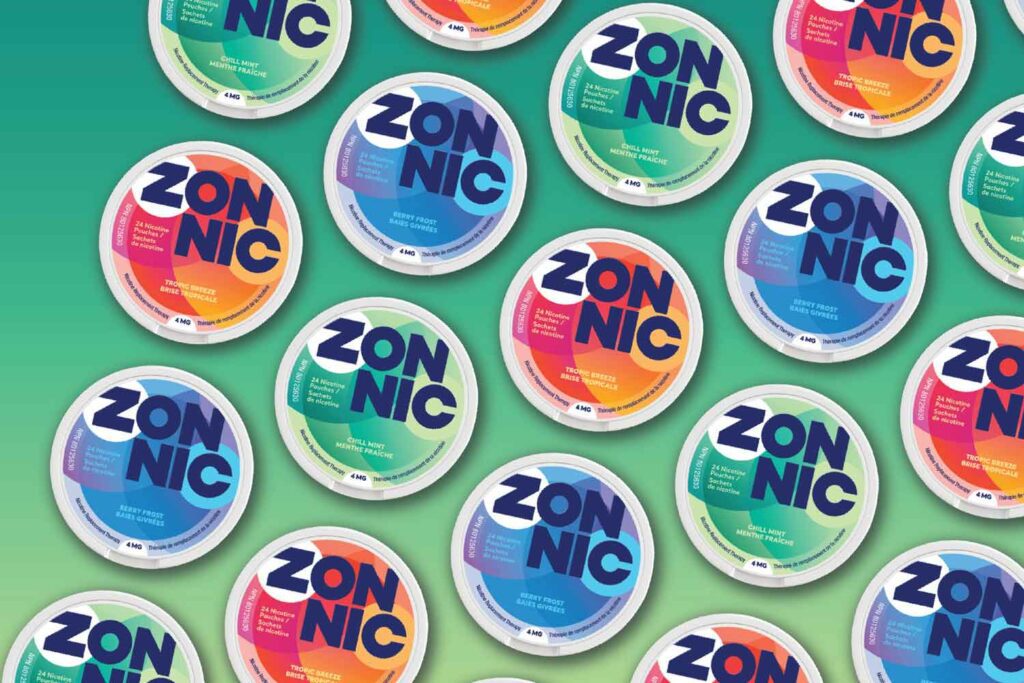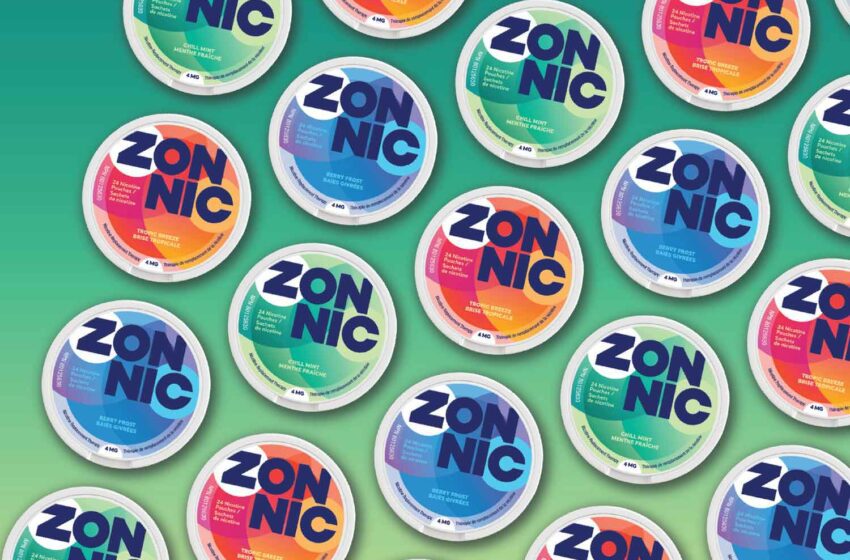
Canada Health Minister Mark Holland promised to crack down on nicotine pouches, issuing a warning to tobacco companies that he claimed are marketing the products to children, according to City News Everywhere.
“I would say to the tobacco companies that continue to look for ways to use loopholes to addict people to their products, get away, stay the hell away from our kids,” Holland said during a press conference.
He accused Imperial Tobacco of using a loophole to get its oral nicotine pouch, Zonnic, approved by Health Canada, branding the product as a quit-smoking aid. Health Canada’s approval did not include a minimum age limit. Holland claims that this product is now being used to hook another generation on nicotine products.
Imperial denied claims of using a loophole to gain approval; the company stated it simply applied to Health Canada and received approval.
Holland plans to restrict access to Zonnic as well as restrict flavors and marketing.
“To me, it is absolutely essential that we see these products move behind the counter,” Holland said.
“Whatever dark corner the tobacco industry crawls and creeps into to go after our children, wherever they go, whatever loophole they think they can find, they will meet me like an iron wall,” he said.
“To single out Zonnic for practices that are widespread across the industry is not only unfair but also smacks of hypocrisy, suggesting an anti-tobacco company bias rather than a genuine concern for public health,” said Eric Gagnon, vice president of regulatory affairs at Imperial Tobacco Canada.
Gagnon noted that Imperial Tobacco Canada is open to discussing Holland’s proposed restrictions, but he believes that they should apply to all stop-smoking products, including nicotine gum. He also noted that the company has moved to place Zonnic behind counters, despite not being required to do so, but he feels that flavors are helpful to those trying to quit smoking and that Zonnic should be available everywhere that cigarettes are sold.
Health Canada issued a consumer safety alert the same day as the health minister’s press conference regarding Zonnic: “They should not be used recreationally, by nonsmokers, by people under the age of 18 or by others at risk of nicotine’s toxic effects.”
Tobacco control advocates have applauded the health minister’s plans. “We’re thrilled that Minister Holland is taking steps to stop this cycle and protect youth,” said Doug Roth, chief executive of Heart and Stroke, which Holland worked for between 2011 and 2015.






















